Latest News
Kitchen Chat and more…
Kitchen Chat and more…
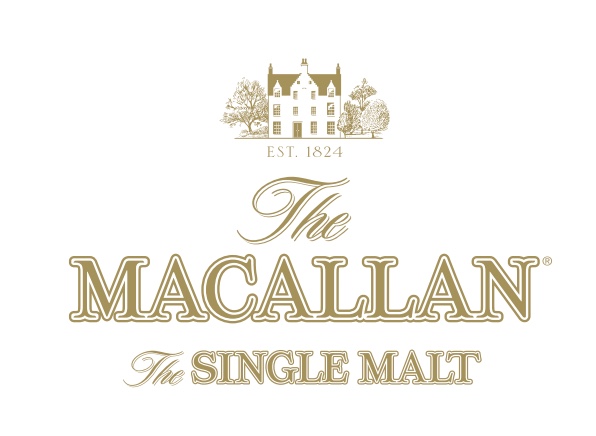
Credit: www.themacallan.com
Whisky lovers who have attended previous Macallan events would know the pride that the company has in its unique “Six Pillars”, the foundation stones for the making of every bottle of The Macallan. For the rest who had missed their events, do allow us to show you why The Macallan is distinctively Macallan.

Credits: www.themacallan.com
The Six Pillars are the pride of the company. They are the foundation stones for The Macallan and account for much of its fame and character. They are the symbols of the strong sense of belonging within the distillery and the estate they belong to, as well as the experience they have in distilling and maturing excellent single malt whiskies with distinctive characters. Each of these pillars contribute to the essence of The Macallan.
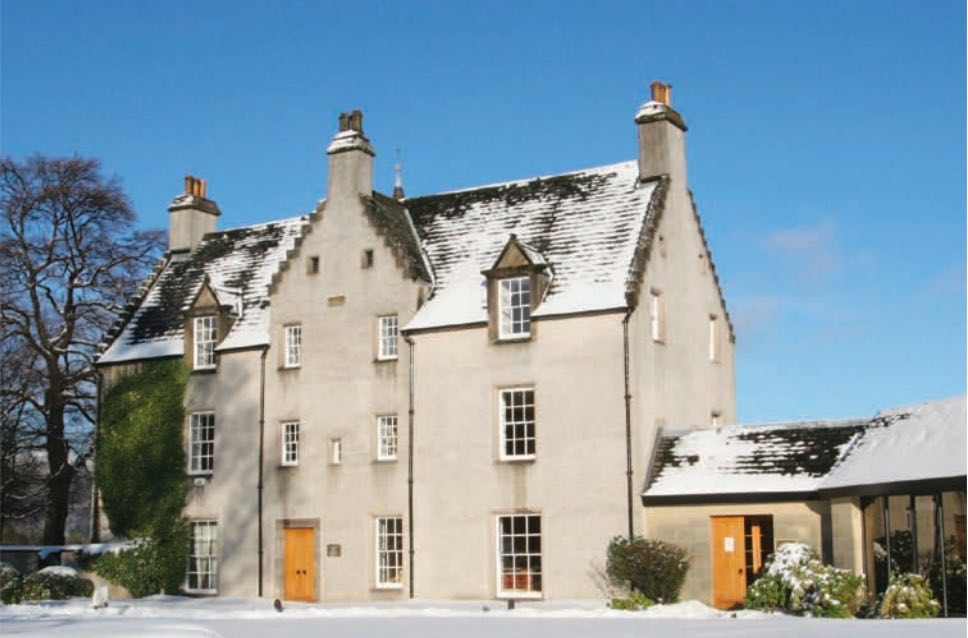
Credit: www.themacallan.com
The Macallan spiritual home is none other than the Easter-Elchies House, built in 1700 by Captain John Grant. It lies in the middle of the Macallan estate and represent their heart and soul that are poured into every single bottle of The Macallan. It is a typical Highland manor house and display various features of Scottish architecture of the period. The Macallan makes use of the vast land they own to cultivate their own exclusive barley variety that will eventually go to make The Macallan. The River Spey, which borders the estate to the south and south-east, provides the water for the distillery.
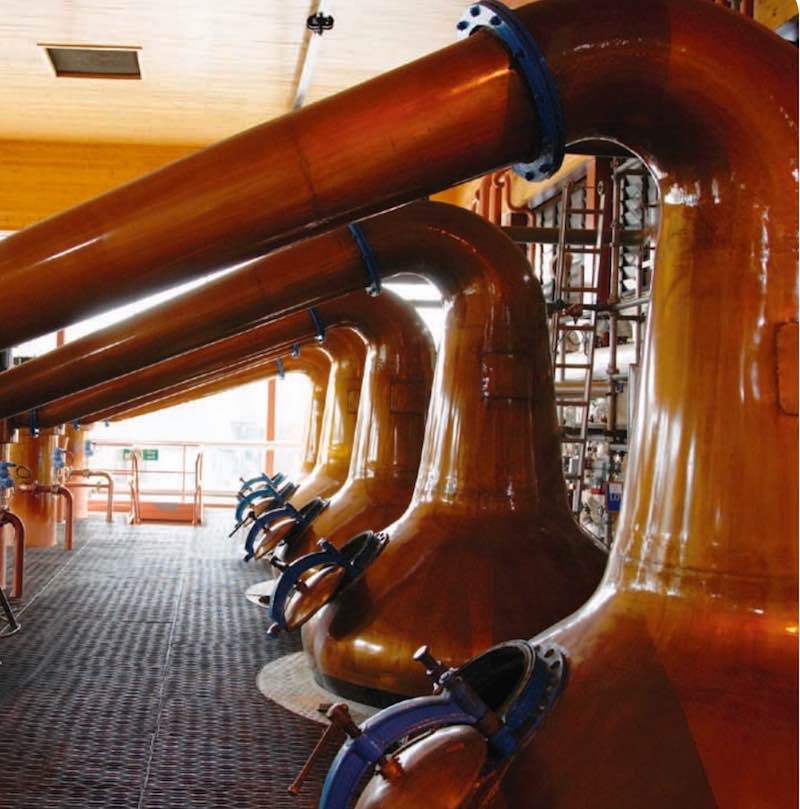
Credit: www.themacallan.com
Keeping with tradition, The Macallan is using stills that are smaller than the rest of the industry in Speyside. In fact, they are using the smallest stills in Speyside! The unique size and shape of the stills give the spirit maximum contact with the copper which the stills are made of, helping to thicken the ‘new make’ and provides the rich, fruity and yet full-bodied flavours of The Macallan. Currently, there are 14 of them on the estate, each of them with an initial capacity of 3900 litres. They are so famous that you can find them on the back of the £10 bank note from the Bank of Scotland!
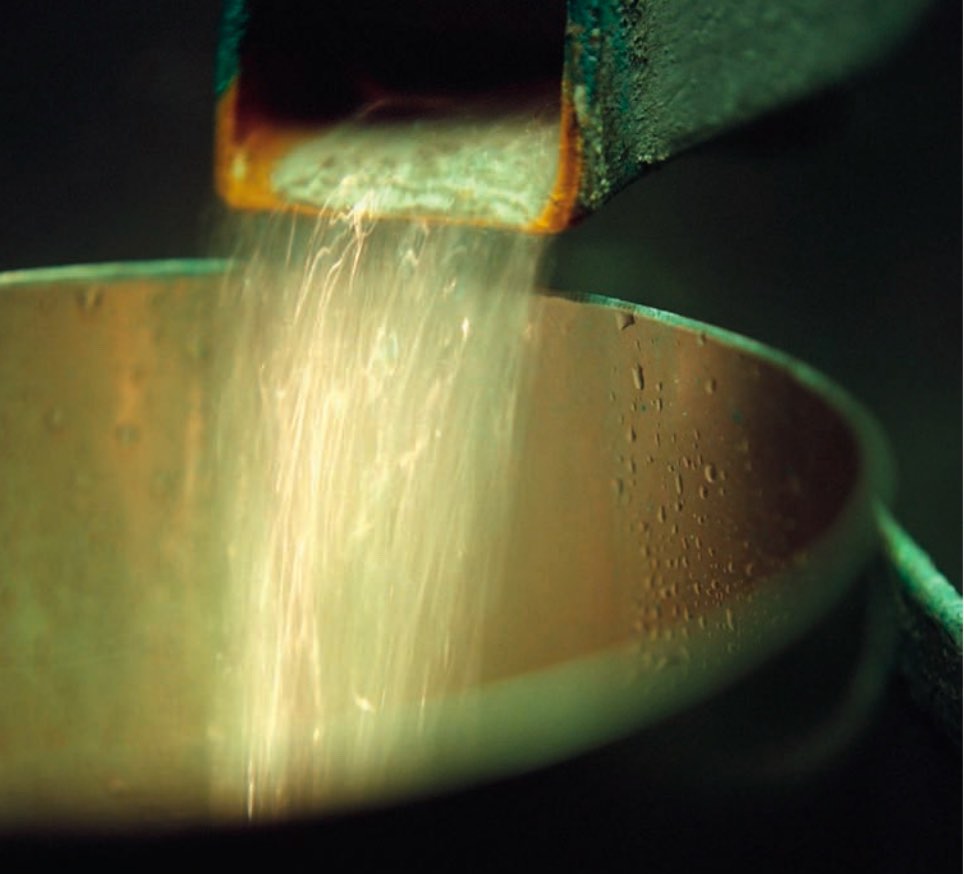
Credit: www.themacallan.com
Only about 16% of the spirits collected from the spirit stills are used to fill casks for maturation into The Macallan. They choose what they quote as “the best of the best, the heart of the run”. This small portion makes the selection extremely exceptional. It is the main reason why The Macallan ‘new make’ spirit is rich and full-bodied. At 69.8% ABV, this robust spirit is the start of all Macallan whiskies.
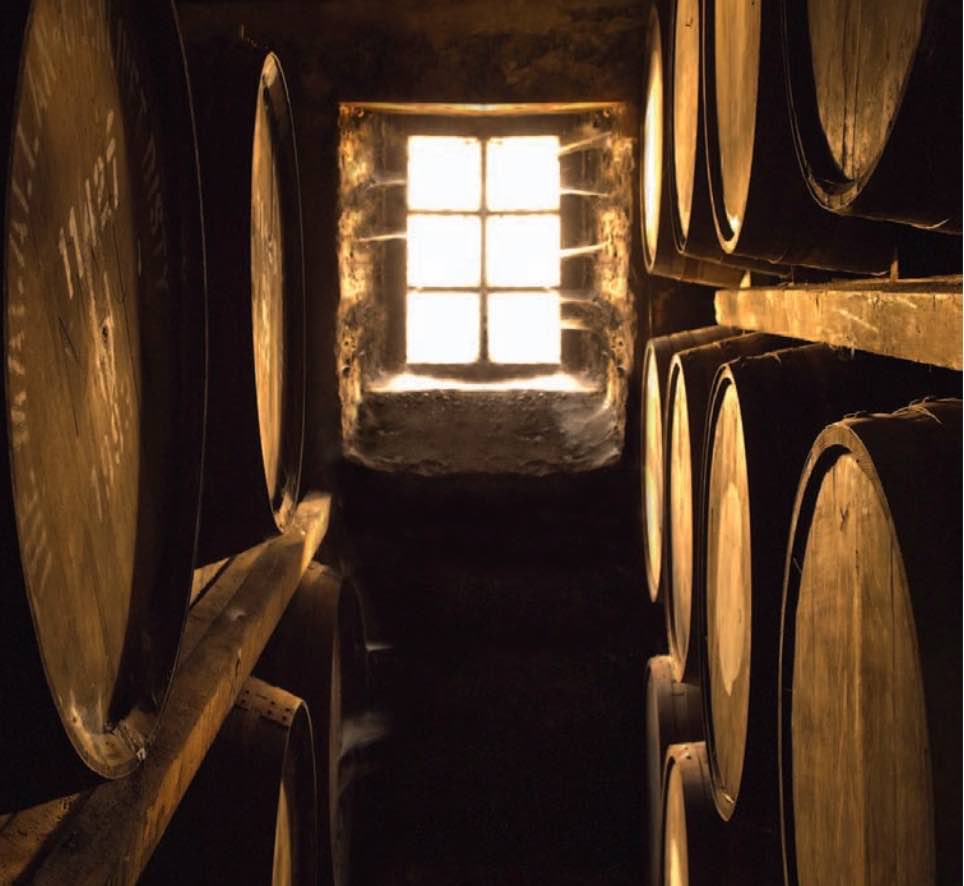
Credit: www.themacallan.com
The exceptional oak casks are the best contributors to the quality, natural colours as well as the distinctive aromas and flavours of The Macallan. It is well-known that The Macallan spends more on their casks as compared to other distilleries in their sourcing, crafting, seasoning and caring for their casks. They have three primary casks – the Spanish Oak Sherry casks, the American Oak Sherry casks and the American Oak Bourbon cask. Each of these casks will give different characteristics to the whiskies maturing in them.
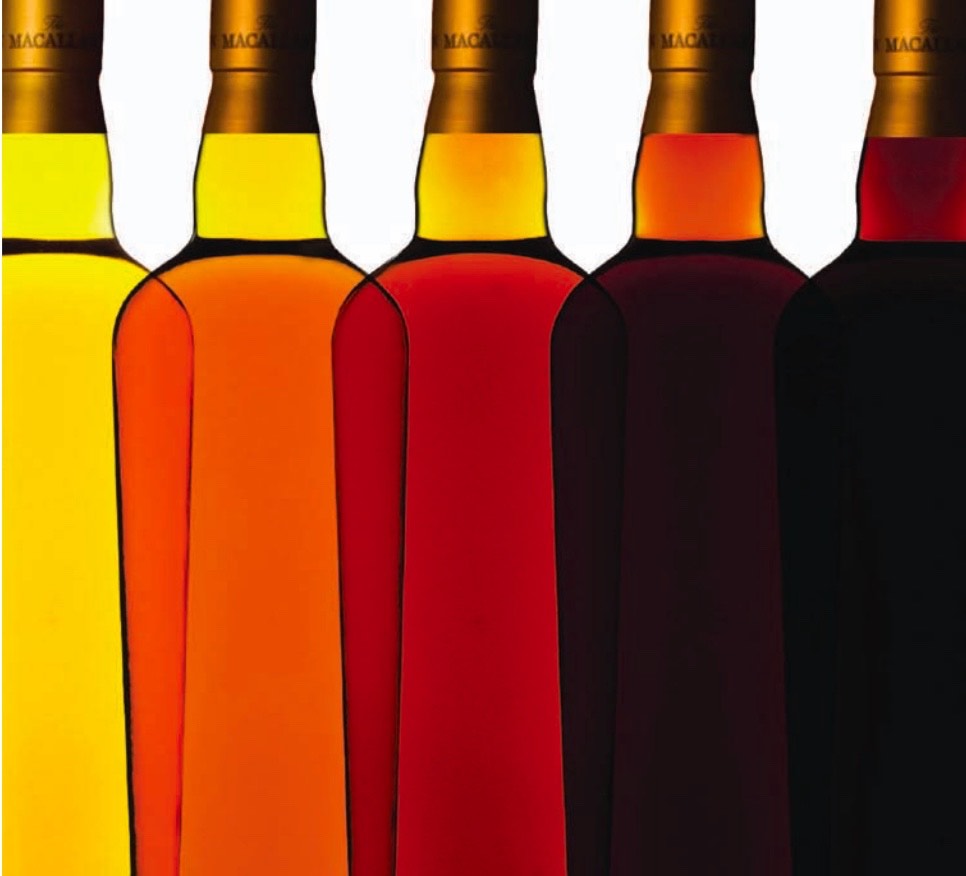
Credit: www.themacallan.com
All the colours in The Macallan whiskies are natural. As long as the whiskies are bottled at The Macallan distillery, the colour of the whisky will be natural. The colours of the whiskies are derived from the interaction of the ‘new make’ spirit with the oak cask during maturation and hence you can see the difference in the colours from light gold to dark mahogany. Due to the natural colours, it takes great skills from the Master Distiller to achieve consistency for the different bottling.
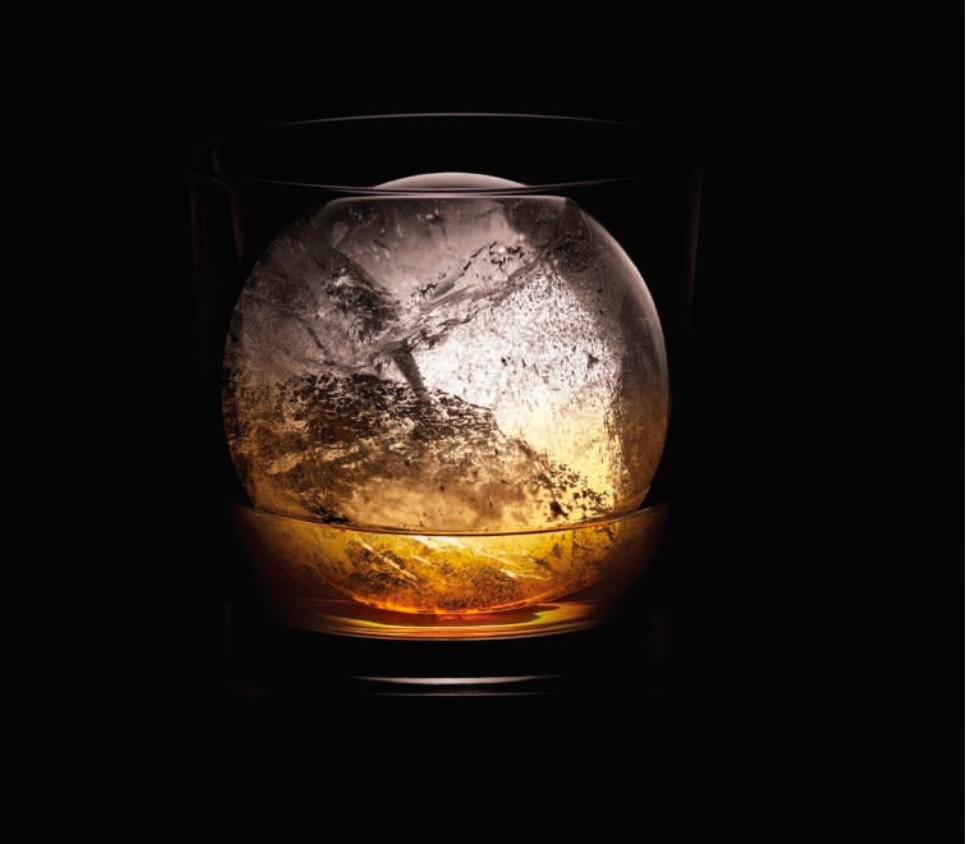
Credit: www.themacallan.com
The Master Distiller and his team nose and taste thousands of samples every year to create all The Macallan expressions that are enjoyed around the world. This task is extremely demanding, and require great skills to recognise a whisky that is ready to be bottled. The exacting task of marrying whiskies from different casks is also a skill that can only be acquired over the years. Both skills are required to create The Macallan, one of the best whiskies in the world.

Credits: www.themacallan.com
The above diagram shows the complicated distillation process in which The Macallan creates ‘new make’ spirits. Once the spirits are created, they take the finest cut and put them into either the Spanish Oak Sherry cask, the American Oak Sherry cask or the American Oak Bourbon cask for maturation.

Credits: www.themacallan.com
Most of us whisky enthusiasts know The Macallan. How can we not know when it is the third largest selling single malt and the second largest by volume? However, how many of us have actively read up on The Macallan’s past and understand its long and rich history since it was founded in 1824? Not many, we suppose. Therefore, the whisky geeks decided to give all our readers a glimpse into the rich history of The Macallan and at the same time, provide some interesting factors to its previous ownership.
Before we even talk about The Macallan, let us bring you back to the 19th century Scotland. Back in those days, the Crown was steadily increasing the taxes for whisky distillers, which eventually drove many of them underground. Illegal distilleries were common and they were making sub-standard whiskies due to their fear of being discovered. However, one region stood out among the rest – distilleries in Speyside continued to produce great whiskies, which attracted even King George IV. As the people began to pressure the government to abolish the ridiculously high taxes, The Duke of Gordon took the lead to champion the cause and succeeded in 1823 to set up a completely new Excise Act. Under this regulation, distillers were given a license to operate in exchange for an annual fee of £10 and a per-gallon duty fee.
Under this new rule, The Macallan emerged from the underground in 1824 when founding father Alexander Reid obtained the license to operate. Alexander leased 8 acres of land from the Earl of Seafield to establish The Macallan. The land included the Easter Elchies House which the Earl of Seafield bought from the grandson of Captain John Grant, the original owner of the house. Since then, the Easter Elchies House is part of The Macallan and remains as its symbol for good, classic single malt Scotch whisky.
After the distillery was set up, Reid formed his own company, Alexander Reid & Co, with The Macallan under its wings. The whisky distilled in this period was named as The Craigellachie, named after the village that the distillery was located. Reid remained as the head of the distillery until his death in 1847, after which, his son took over the helm until his own death in 1858. During the times when the junior Reid was at the helm of the distillery, he took on partners, James Davidson and James Shearer Priest. The distillery later on fell to Davidson alone when Reid passed on. Davidson was a corn merchant who had made his fortune; and he was the one who established the rule of using only high-grade barley for distilling whisky.
After Davidson’s death, the distillery was taken over by James Stuart on a tenant arrangement. Stuart became very successful in his career and went on to own and operate various distilleries. After 20 years of operation, Stuart purchased The Macallan distillery in 1886.

Credits: www.themacallan.com
The era of modernisation arrived with Roderick Kemp as the new owner of the distillery in 1892. After buying the distillery, it was renamed as R.Kemp Macallan-Glenlivet to take advantage of the Glenlivet name, which had become world famous by then. The Macallan distillery was rebuilt by Kemp. He added new warehouse facilities, improve the company’s stills and the other buildings around it, including the Easter Elchies House. He also expanded Macallan’s production and set new quality standards such as maturing whisky only in Spanish oak sherry casks. Kemp died in 1909, and his family continued to manage the distillery through a trust until the 1990s.
During this period, the company underwent a lot of changes due to the changes in preferences for single malt whiskies in the mid-1960s. With the interest of single malt growing higher, the company began to add new stills to its property. The Kemp family wanted to preserve the traditional small stills so, instead of changing to the bigger, industrialised stills that were used by the other distilleries, they doubled the small stills instead.
As the company expanded further, it needed more financial backing and in 1968, the company went public in order to obtain more funds for expansion. The public funds help the company to grow further and by the end of 1968, its annual sales was more than £822 million. The company began to build a new generation of stills but it keep its small stills model in mind, creating exceptional stills for the distillery. In 1975, the company hit sales of £1 million. At this time, the company began to attract a global audience for its exceptional whiskies and the company made a record sales of £2 million by 1977.
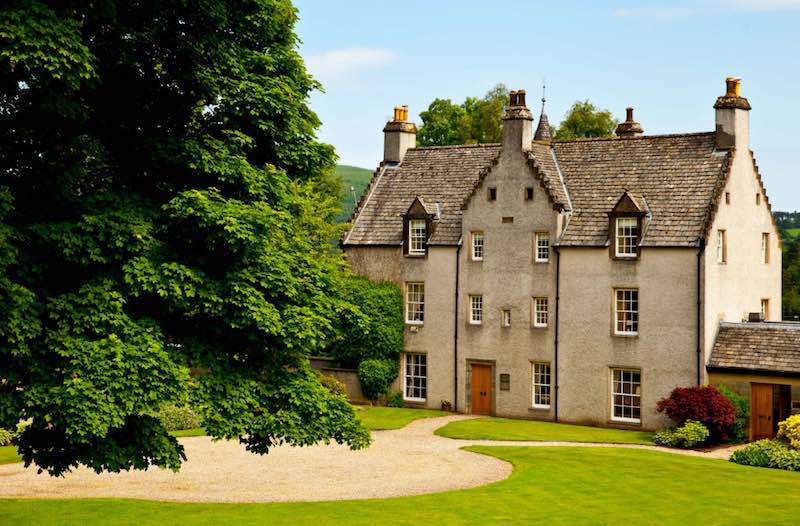
Credits: www.themacallan.com
At this time, the Easter-Elchies House located on The Macallan premises was in disrepair, and in desperate needs of restoration. Due to the interest of Scotch whiskies, the company decided to restore the house and let it be the reception centre for visitors as well as the office for its ever-growing international distribution. When it opened in 1977, it was so well received that the company decided to change its name to The Macallan. By the mid-1980s, the popularity of single malt whiskies has prompted a collector’s market, in which The Macallan became one of the most desirable labels, especially after they released their first 60-year old bottling.
As a public company, The Macallan has remained strong in the face of aggressive mergers and acquisitions in the 1990s. In 1994, the company signed a distribution agreement with Highland Distillers, knowing that the owners of Highland Distillers are interested in acquisition. However, the time is not yet ripe for a take-over. After the mid-1990s, the Highland Distillers become more aggressive in acquiring a larger stake in The Macallan. By this time, the Kemp family is no longer interested to keep the distillery as well. They practically let the distillery go, which resulted in Highland Distillers to join forces with Japan’s Suntory and obtained 51% of The Macallan. The new venture immediately launched the buy-out of the remaining 49% of the company’s shares. With that, The Macallan joins Highland’s Famous Grouse, the best-selling blended whisky in the UK.
The Macallan was held by the joint venture of Highland Distillers and Suntory for a short period, from 1996 to 1999. By the end of the decade, Highland Distillers became the object for take-over and the company finally agreed to be acquired by the Edrington Group, a privately-owned Scotch company. After Highland disappeared into the folds of the Edrington Groups, The Macallan emerges as one of their core brands. The company move The Macallan to take its place as the next best single malt whisky in the industry by releasing new labels such as the 15-Year old and the 30-Year old. In 2000, the release of a 50-Year old took the industry by storm.
The Macallan continues to climb the fame ladder in the next 10 years, releasing more rare single malt. In 2001, The Macallan 10-Year old was selected as the official Scotch of the Speaker of the House of Commons, the presiding officer of the United Kingdom lower chamber of Parliament. Since then, the prices of various bottles from The Macallan continue to rise. In 2007, a bottle of 1926 The Macallan was sold for USD$54,000 at an auction. In 2010, a bottle of The Macallan 64-Year old single malt in a one of a kind crystal decanter was sold for USD$460,000 in an auction in New York. The creme of the crop, however, was The Macallan M, which was sold for a whooping USD$628,205 in an auction in Hong Kong in 2014.
The Macallan was embroiled in a controversy in 2003 and 2004 when it was revealed that laboratory testings of antique whiskies purchased for their own collection at the distillery were fakes. In the final test, it was determined that at least 11 bottles of the whiskies in The Macallan distillery were fakes. That revelation resulted in the decision that The Macallan will no longer sell any of their antique bottles from the distillery.
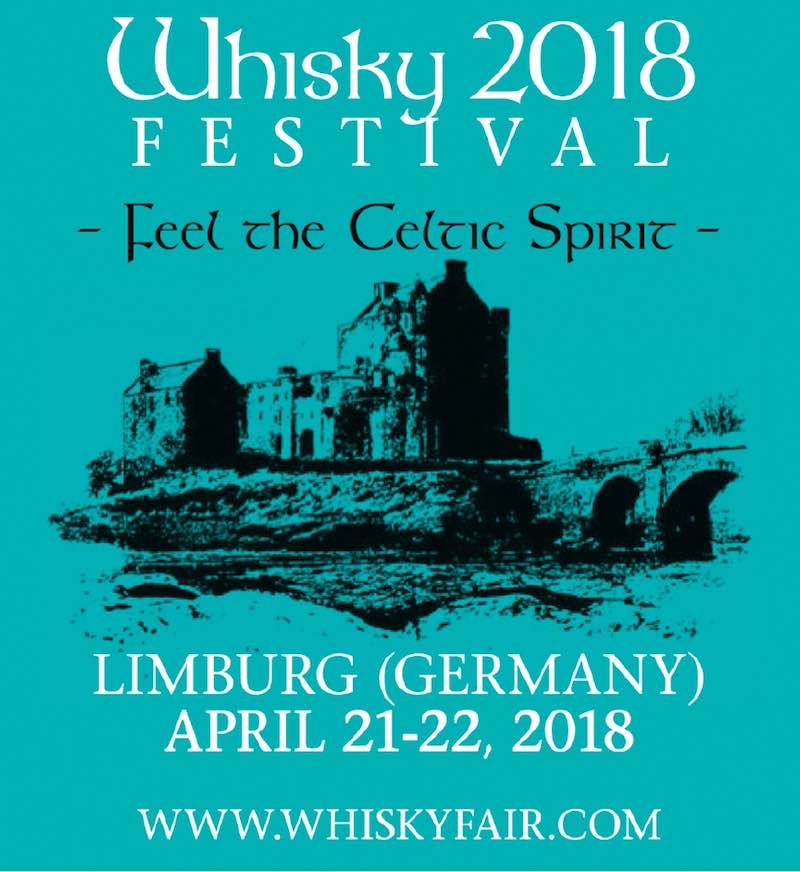
Picture taken from www.whiskyfair.com
Exciting times ahead in 2018! This is yet another whisky fair that will be held in 2018. It has the reputation of being the biggest whisky fair that you can ever find in Europe, and generally, hosts exhibitors of various brands, independent bottlers, retailers, importers and rarities retailers. For most whisky lovers in Europe, this annual whisky fair is a must-go event because of the sheer number of exhibitors and rare bottling that one can find over there.
For us in Asia, it is much harder to go for every single event held in Europe, so we tend to pick and choose. As this is one of the biggest whisky fair ever, we would say that if you only have budget for one trip, make it this trip!
There will be a lot of people thronging through tight and small alleyways in an event of this scale, so it is important to know if the organisers are able to host well-organised events. The organisers behind WhiskyFair have been doing this for the past 16 years, gathering tons of experiences in handling huge crowds to make every event better than the last one.
We are just so excited when we see the list of distilleries that will be exhibiting in WhiskyFair 2018. Up till today (8 Aug), there is a total of 39 distilleries (42 brands) that will be heading to Limburg in April next year! Out of this impressive list, we spy big names such as The Dalmore, Glengoyne, The Amrut, Arran, amongst others. You can find the whole list here.
Wow, the list is probably more impressive here! We see big names here too, like Cadenheads and Maltbarn, both of which were featured previously in Whisky Butler’s curation. Douglas Laing, the creator of the famous Big Peat, will also be making an appearance in Limburg.
If you are a collector of whiskies and interested to find more, you should really head to Limburg next April. There are a bunch of rare whiskies retailers who will be more than happy to share their loots with you! Giovanni Giuliani, a famous Italian collector will be there to share his experience. He would probably be selling some of his rare collections too. There are other rare whisky sellers such as Lion’s Whisky and Whiskey Antique that will be sharing their loots. Check out the whole list here.
As whisky lovers, this event is one which we must experience at least once in our lifetime so that we can fulfil our thirst for great whiskies. The expected crowd, the jolly atmosphere and the headiness of drinking will definitely put you in a great mood for exploration. There are so many things to see and do in Limburg, and travellers can explore the rest of Germany too. Oh, and we cannot miss pointing out the friendships that will be forge and the memories that will last forever!
If you are interested to find out more, you can visit the official website here. There is one cautionary note though – the hotels might be fully booked! So book now if you are really keen to go!
11311 Harry Hines Blvd
Dallas, TX, United States
(555) 389 976
dallas@enfold-restaurant.com
